Teams like yours are going directly to voicemail.
Discover how VoApps is transforming outreach communication across the industry—Stay informed on the latest trends.

Another Tool in Your Toolbelt: How to Use VoApps Strategically
Read more

VoApps Announces Integration with AKUVO
Read more

5 ways you can improve your debt collection process
Read more

What trends to expect from the ARM Industry?
Read more
Insights
Filter:
Reset

Another Tool in Your Toolbelt: How to Use VoApps Strategically
Read more

VoApps Announces Integration with AKUVO
Read more

5 ways you can improve your debt collection process
Read more

What trends to expect from the ARM Industry?
Read more

How transcription can improve your ROI
Read more

How to use voicemail in automotive sales
Read more

Following up with prospects post-event
Read more

Implementing AI to automate your business processes
Read more

Including transactional campaigns in your contact strategy
Read more

Using voicemail in government
Read more

Innovative ways to use voicemail in 2023
Read more

4 ways consumers want you to contact them in 2023
Read more

Creative ways businesses use voicemail
Read more

Using voicemail to tackle the unknowns of 2023
Read more

4 ways online lenders can use voicemail
Read more

Debunking myths about Voicemail Automation
Read more

Improving voicemail campaigns with transcription
Read more

Sending Custom Voicemails to Consumers
Read more

Transactional Campaigns Feature Allows for Sending Voicemails ‘On-Demand’
Read more

3 reasons why credit unions need to make the shift to digitization
Read more

Maximize healthcare revenue as ‘cost to collect’ increases
Read more

Ways to manage call center burnout
Read more

The Difference Between A Robocall and Voicemail Drops
Read more
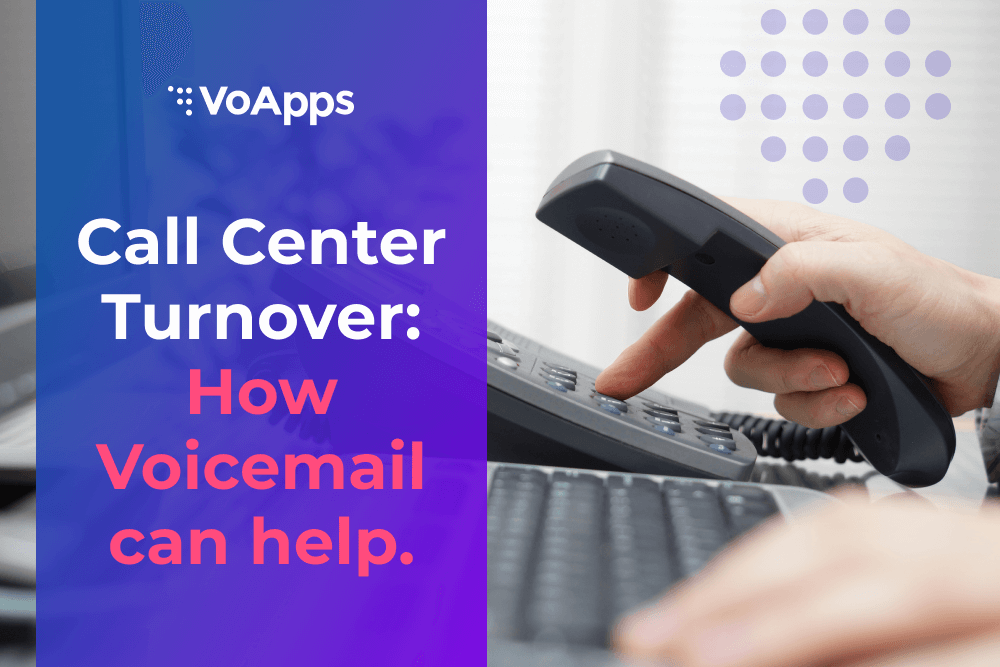
Call Center Turnover: How Voicemail Can Help
Read more

How Automation Solves Staffing Problems for Call Centers
Read more
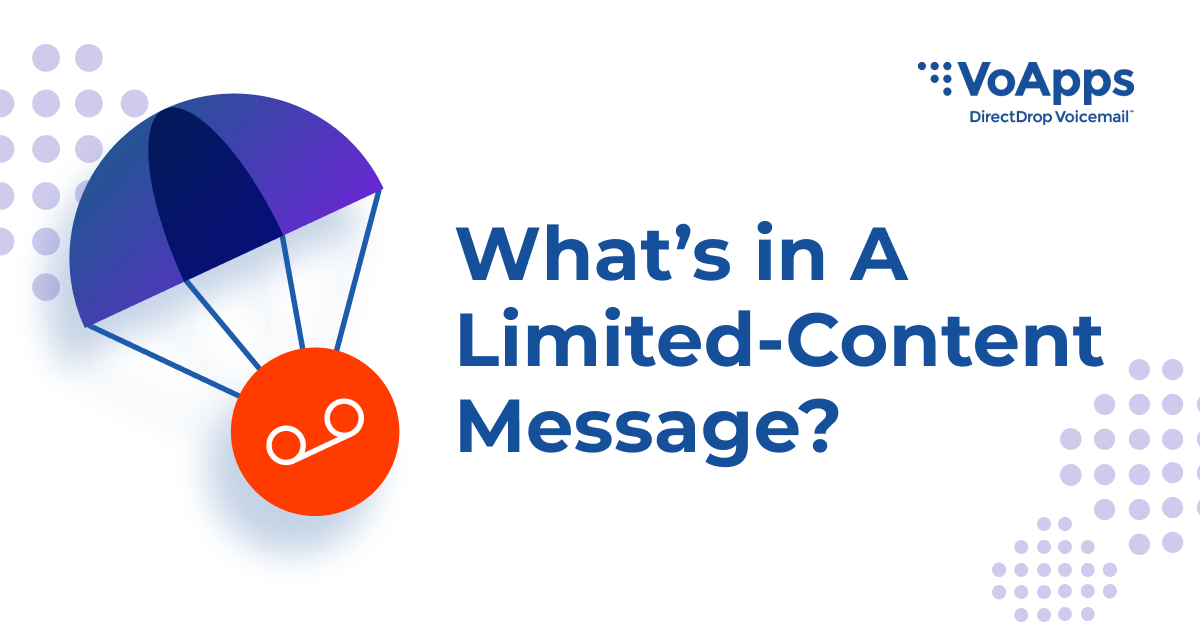
Fitting A Limited-Content Message Into Your Contact Strategy
Read more

3 Ways Voicemails Can Increase Your Callbacks
Read more

5 Benefits of using a Voicemail Campaign for Your Business
Read more
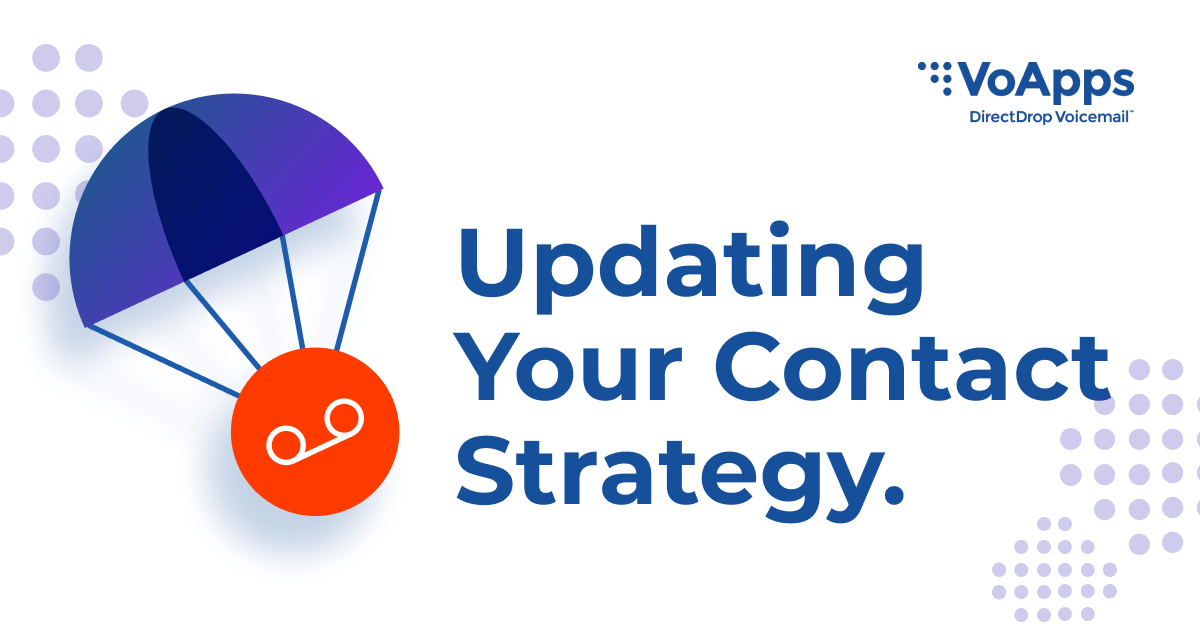
Updating Your Business’s Contact Strategy
Read more
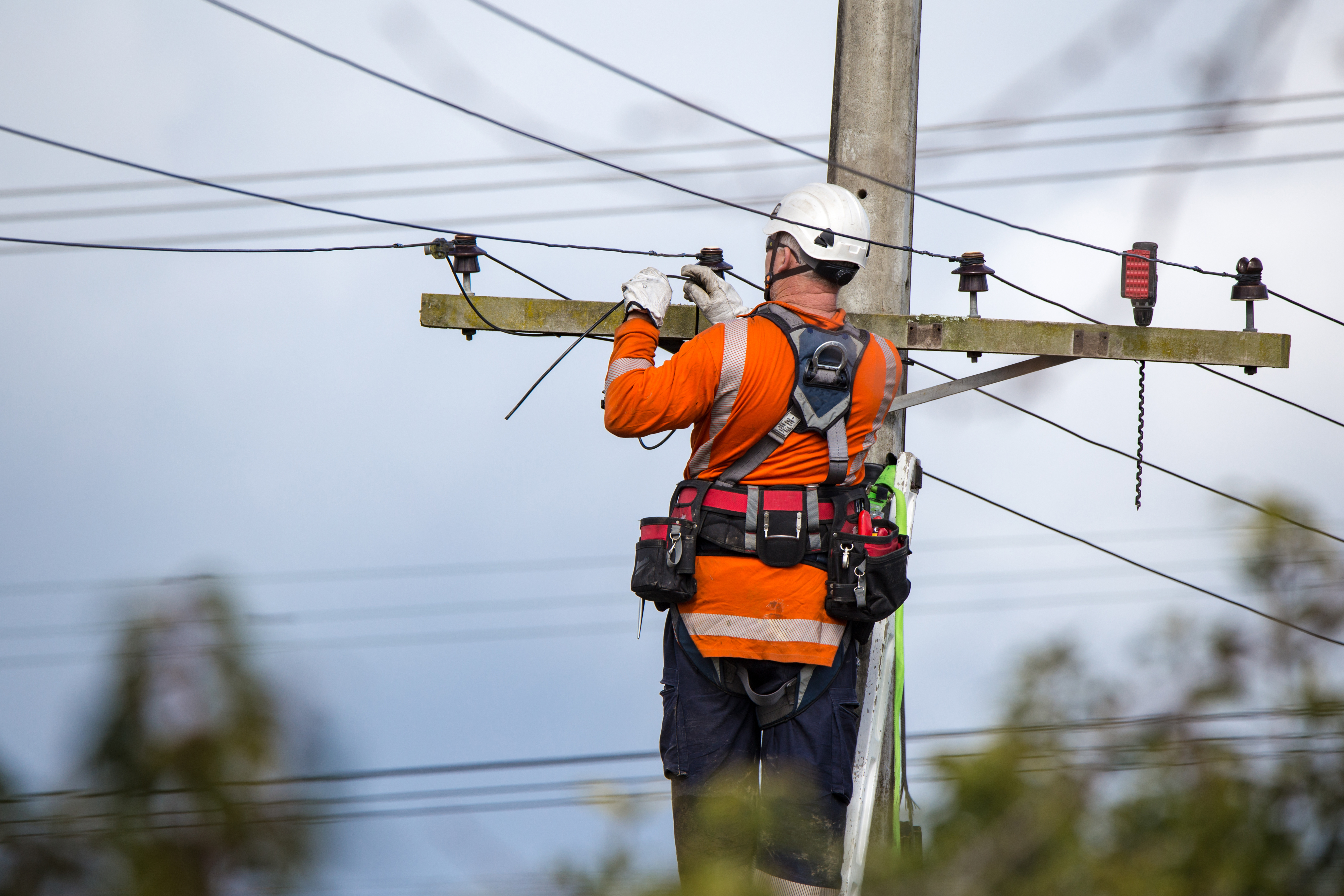
How Your Utility Company Can Use Voicemail 
Read more

How to make sure my business is complying with Reg F.
Read more
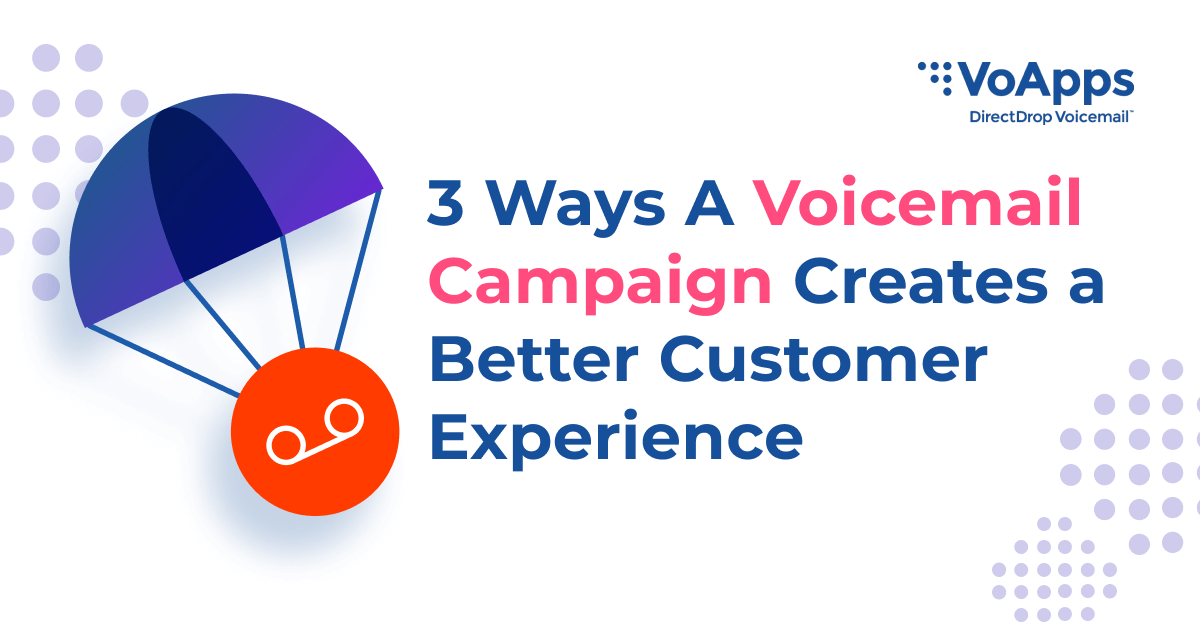
3 Ways A Voicemail Campaign Creates A Better Customer Experience
Read more

3 Secrets to Leaving the Perfect Voicemail
Read more

Is A Voicemail HIPPA Compliant?
Read more
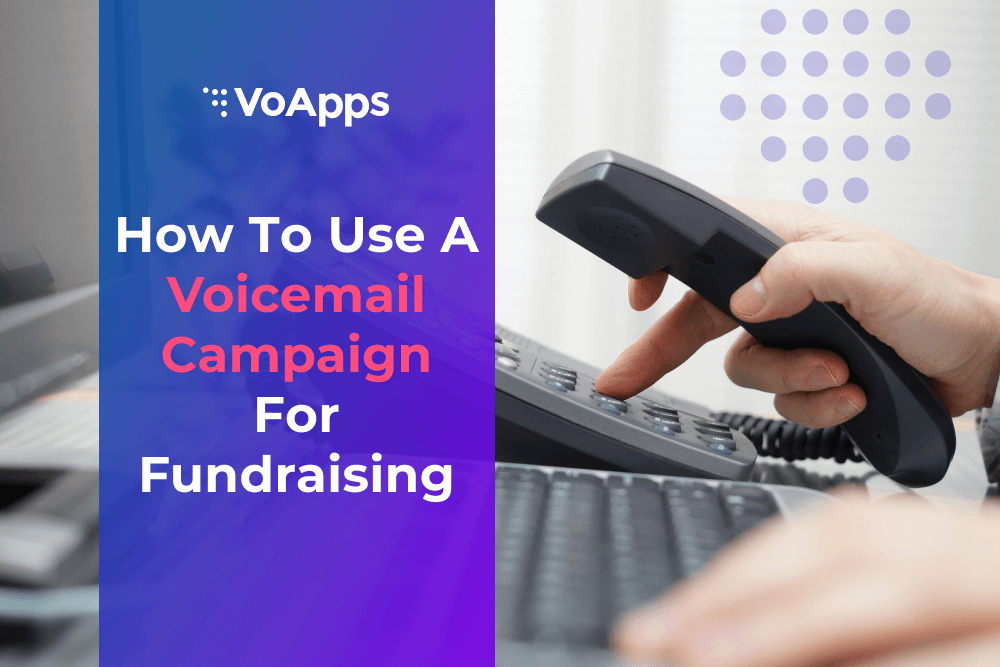
How to Use A Voicemail Campaign for Fundraising
Read more
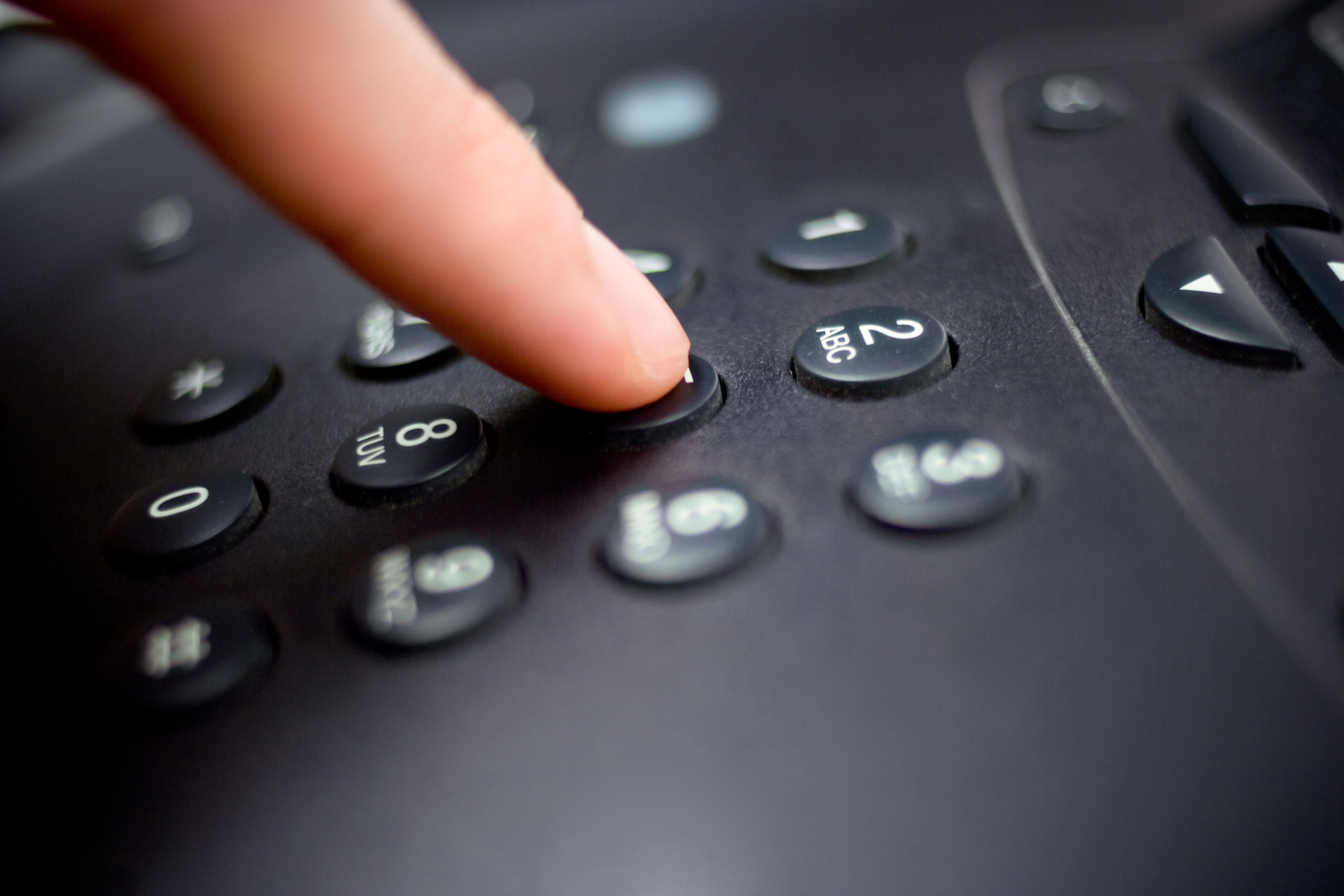
Debt Collections Trends to Look Out for in 2022
Read more

How Can Your Healthcare Business Use DirectDrop Voicemail
Read more

How Regulation F has changed the Debt Collection Industry
Read more

Using Mass Communication Tools to Grow Your Business
Read more

4 Tips for Making Your Voicemail Drops Sound Natural
Read more
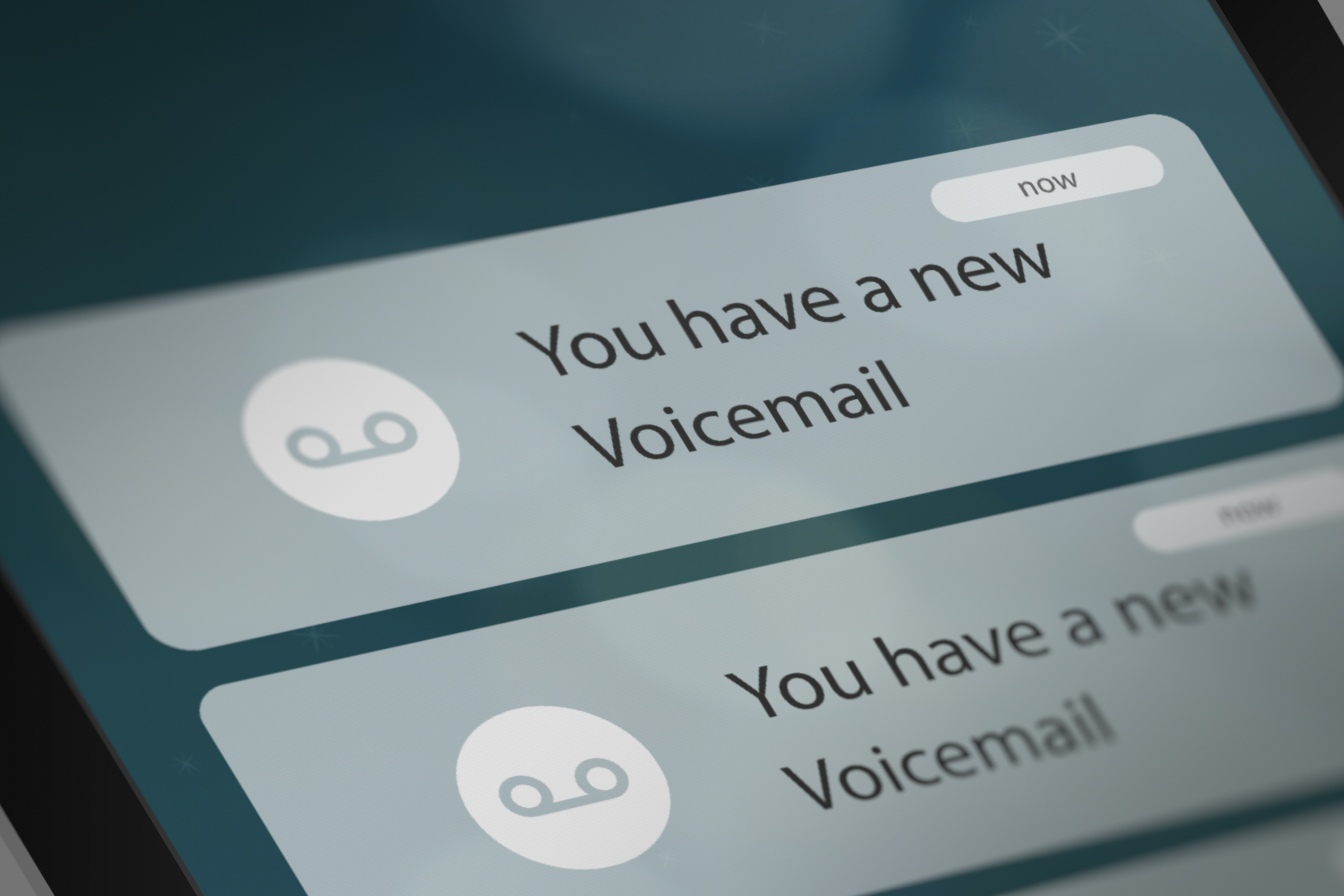
5 Words and Phrases to Avoid When Recording a Voicemail Script
Read more

3 Reasons Why Voicemail is Still an Effective Sales Tool
Read more

How Your Commercial Real Estate Business Can Use DirectDrop Voicemail
Read more

Voicemail Scripts: How to Effectively Increase Inbound Calls
Read more

What Does My Business Need to Know About Reg F?
Read more

How Can Nonprofit Organizations Use DirectDrop Voicemail?
Read more
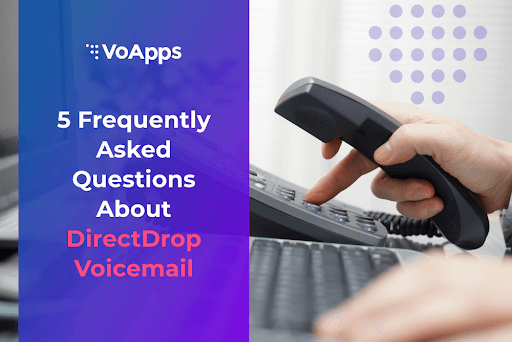
5 Frequently Asked Questions About DirectDrop Voicemail
Read more

3 Tips for Building a Voicemail Campaign Strategy That Works
Read more

How Can Universities Use DirectDrop Voicemail?
Read more

Is Voicemail Dropping Legal?
Read more

Confidently Deliver Voicemail Messages with DirectDrop Voicemail
Read more

3 Communication Strategy Tips to Grow Your Business
Read more

Book Appointments Quickly With DirectDrop Voicemail
Read more

Evolution of the Phone
Read more

4 Takeaways from the ACA International Convention & Expo
Read more

What Does a Limited-Content Message Sound Like?
Read more

3 Ways That Technology Has Changed Communication
Read more

How to Use DirectDrop Voicemail During an Emergency
Read more
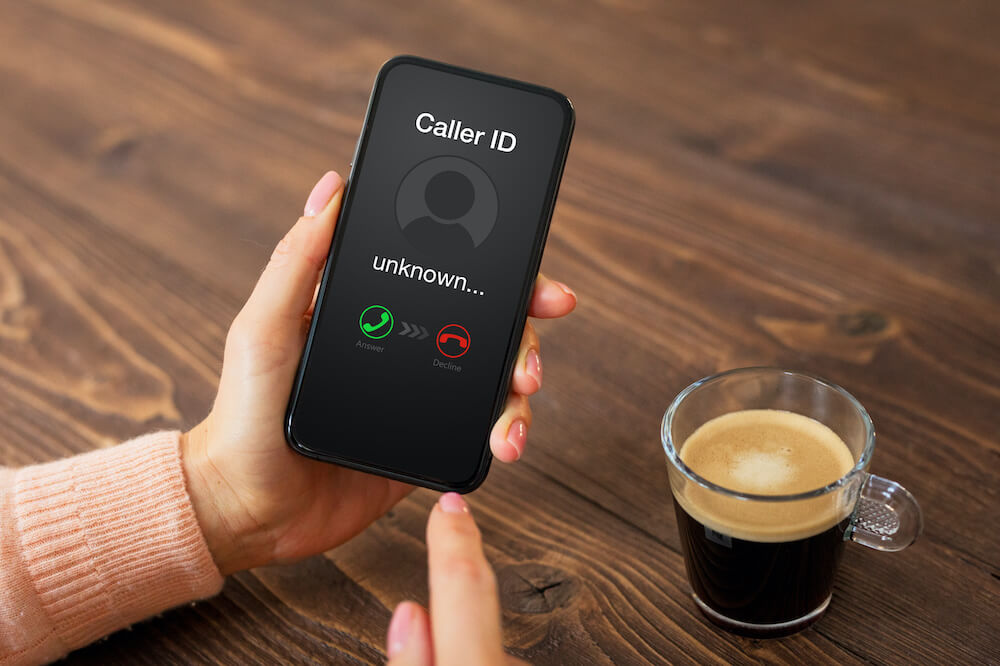
Understanding STIR/SHAKEN & Our Response
Read more
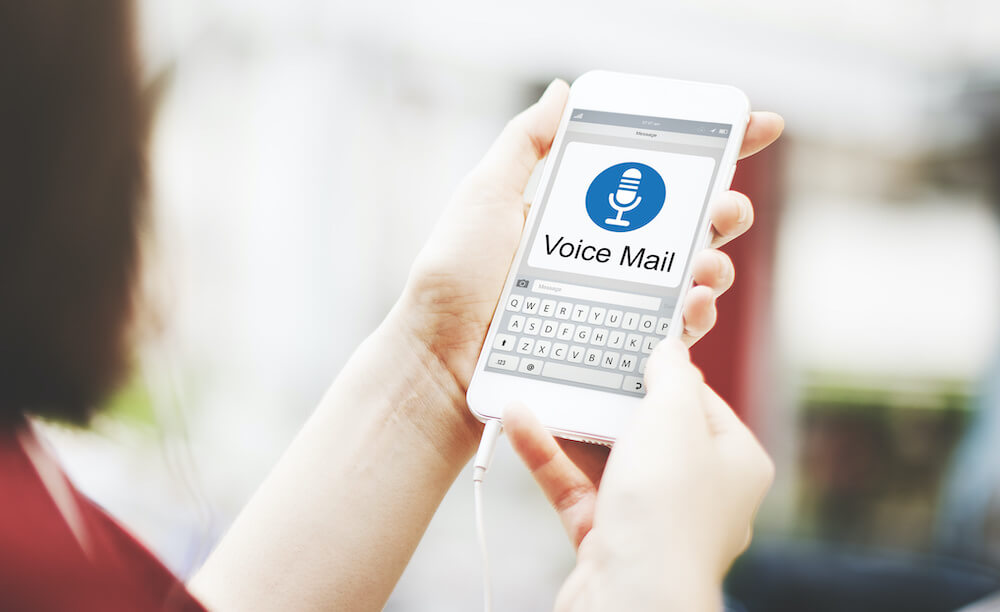
Who Can Benefit From DirectDrop Voicemail?
Read more
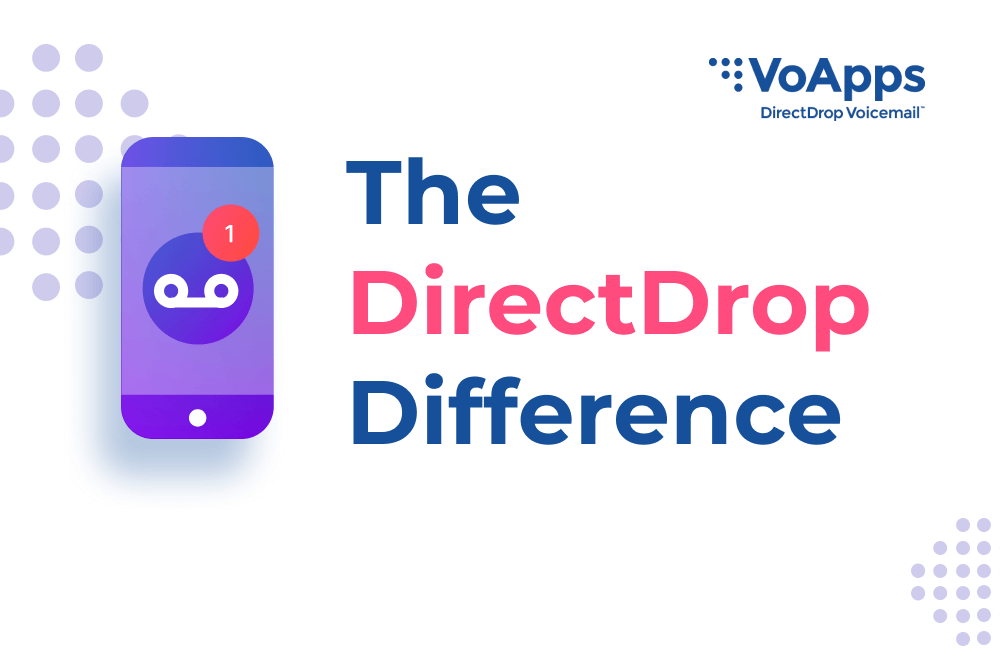
The DirectDrop Difference
Read more

3 Ways that DirectDrop Voicemail Improves Flexibility
Read more

How Does Campaign Pacing Work?
Read more

The Move to Digital Banking
Read more

Streamline Your Collections Process with DirectDrop Voicemail
Read more
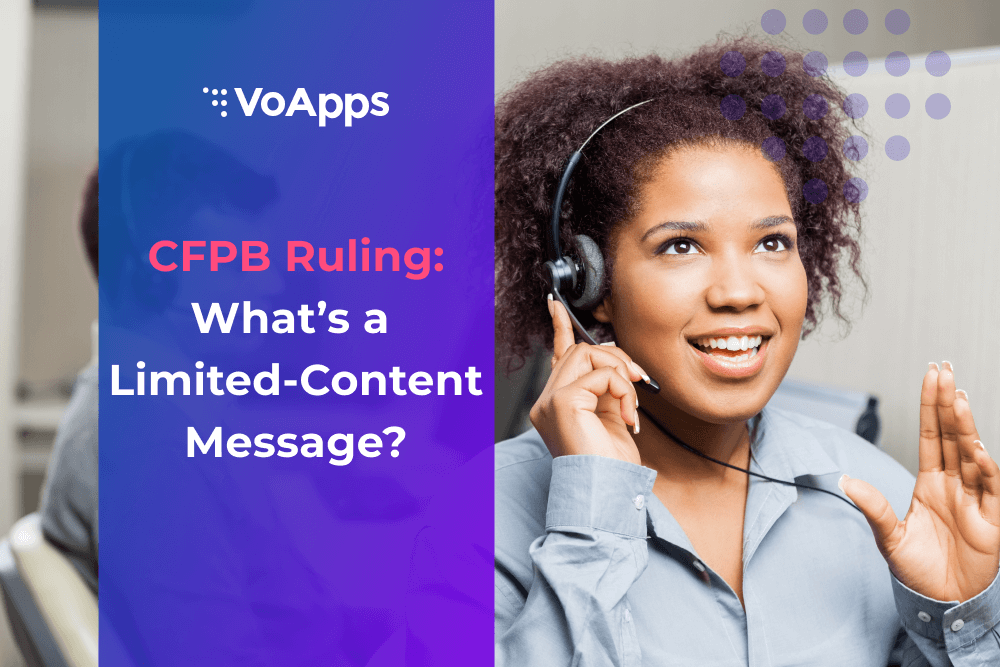
CFPB Ruling: What’s a Limited-Content Message?
Read more
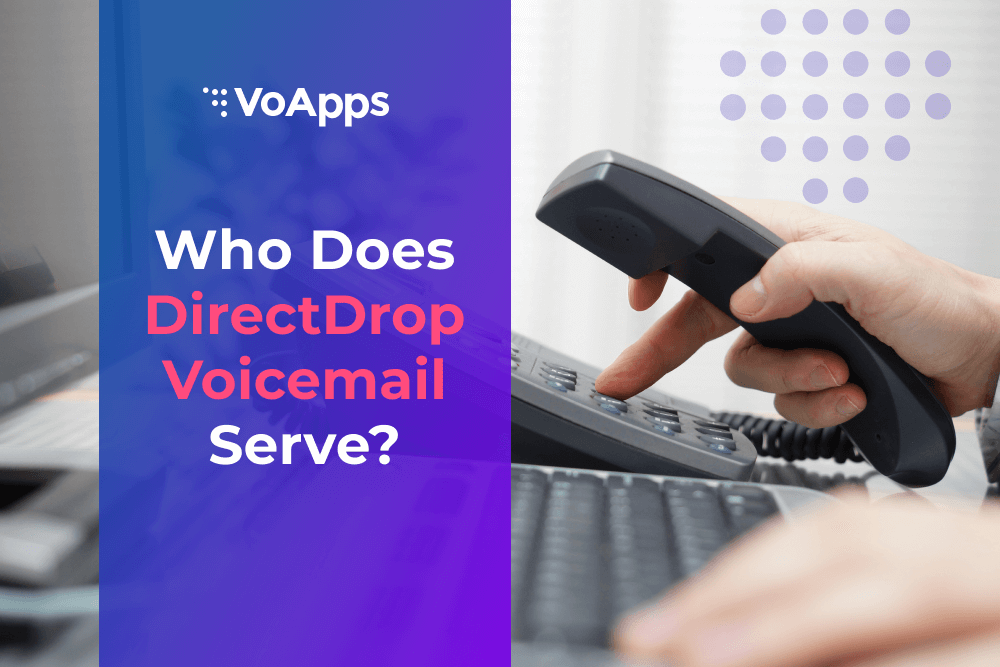
Who Does DirectDrop Voicemail Serve?
Read more
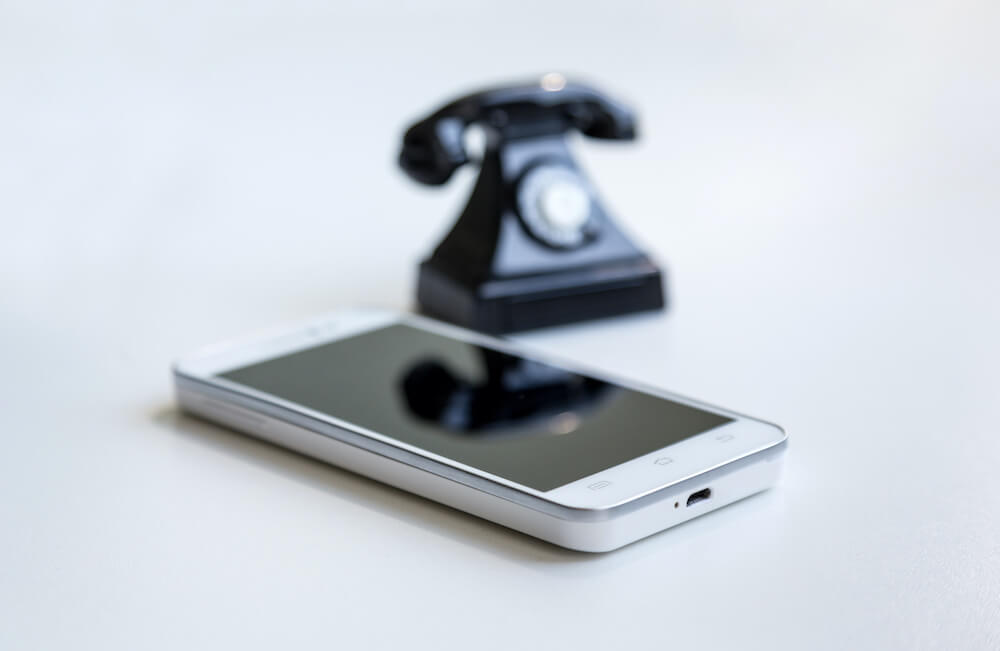
The History of Call Centers
Read more

4 Ways to Build Trust Through Communication
Read more

Eliminate the Disruption Mentality with DirectDrop Voicemail
Read more

How to Use DirectDrop Voicemail to Enhance Customer Satisfaction
Read more

Debt Collection Trends for 2021
Read more

Compliance Matters
Read more

Reach People Quickly With DirectDrop Voicemail
Read more
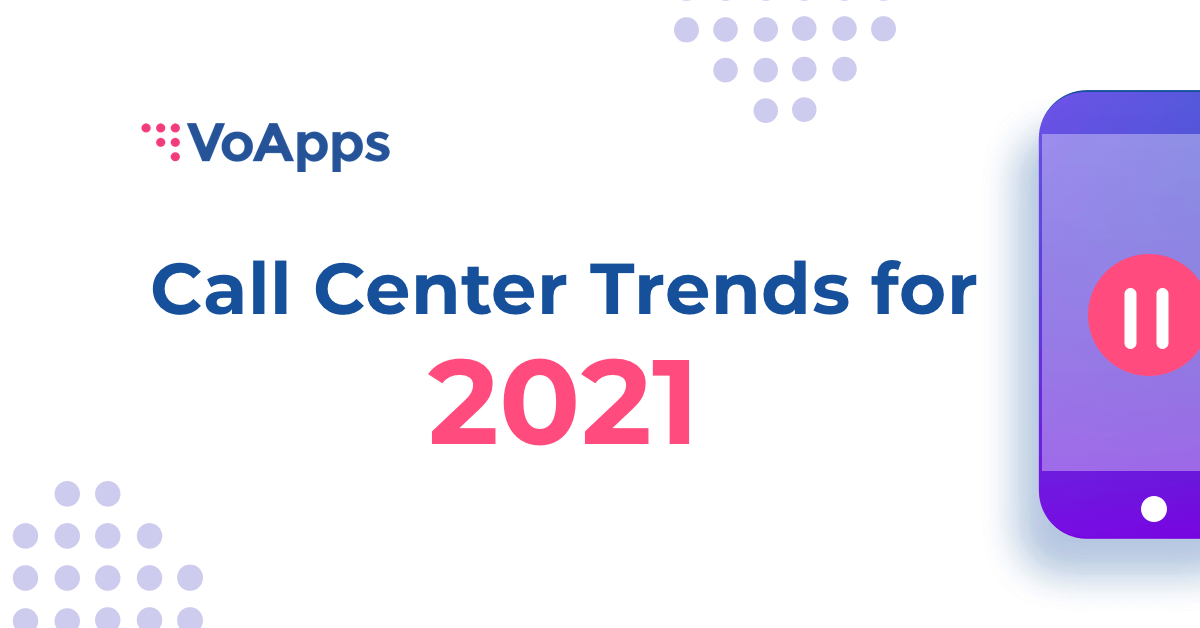
Call Center Trends for 2021
Read more

One Online Lending Technology Platform That’s Changing the Game
Read more

3 Tips For Call Centers During the Holidays
Read more

Increase Collections Rates with Voicemail Dropping
Read more

3 Ways that Technology Has Changed Banking
Read more

3 Ways to Think About Your Contact Strategy for a New Normal
Read more
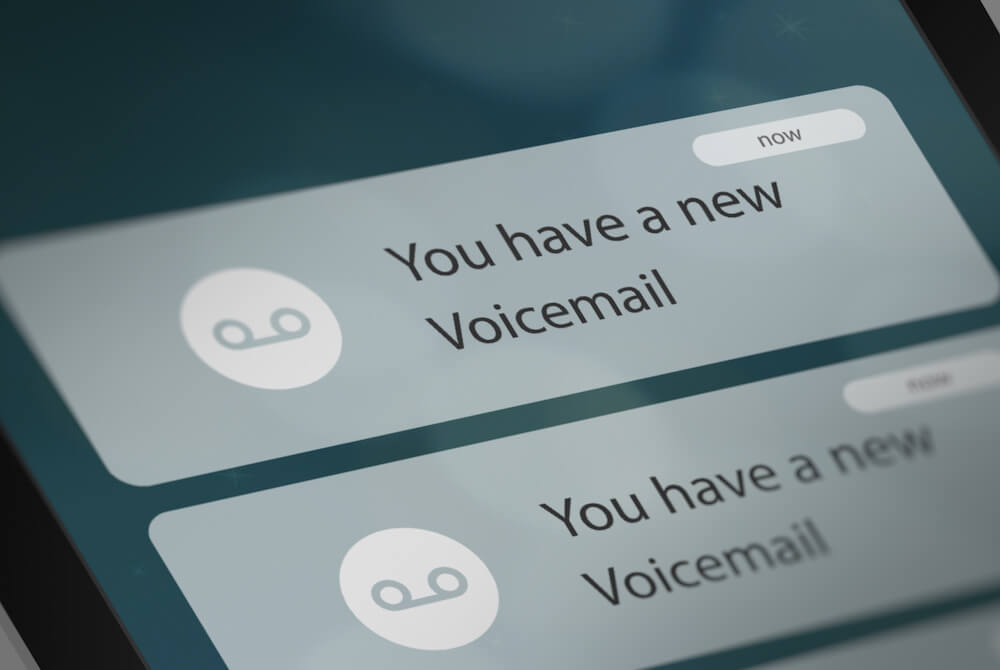
Craft Customizable Voicemails with DirectDrop Voicemail
Read more

Why Do Online Lenders Need DirectDrop Voicemail?
Read more

How to Speak on the Phone Professionally – 5 Things to Do
Read more

What is Data Scrubbing?
Read more

Online Lending on the Rise
Read more
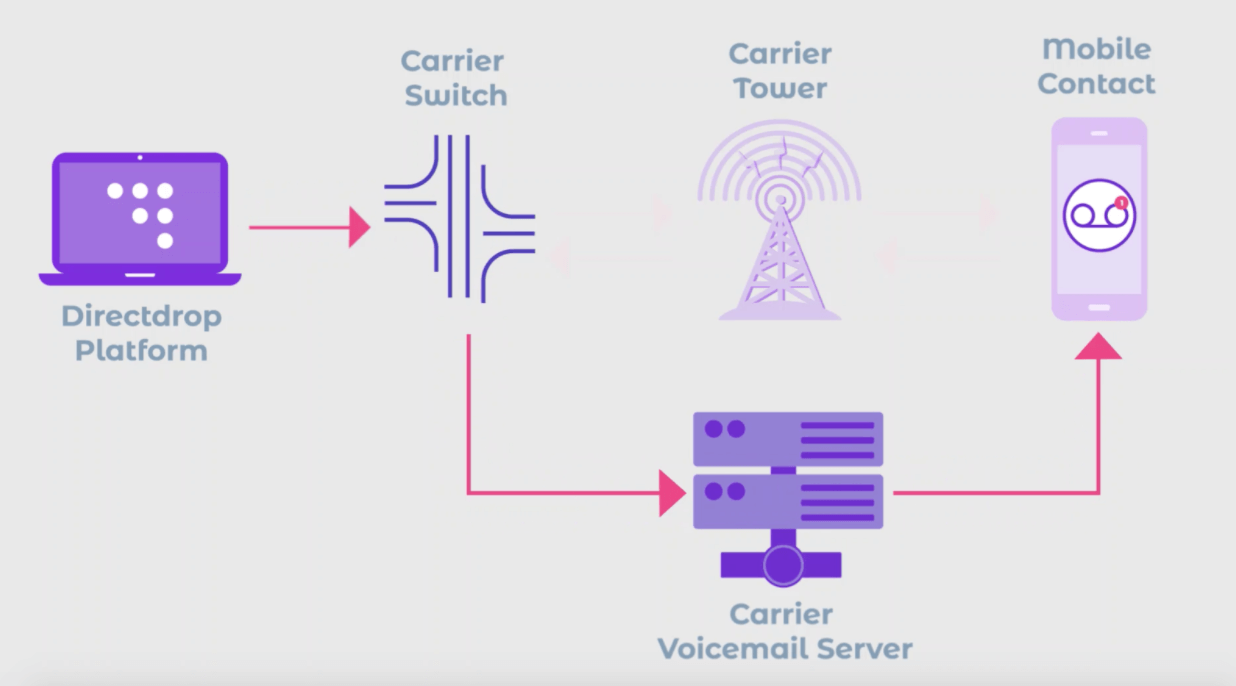
How Does DirectDrop Voicemail Work?
Read more

Increase Online Lending Conversions with Personalization
Read more

3 Ways to Enhance Your Contact Strategy
Read more
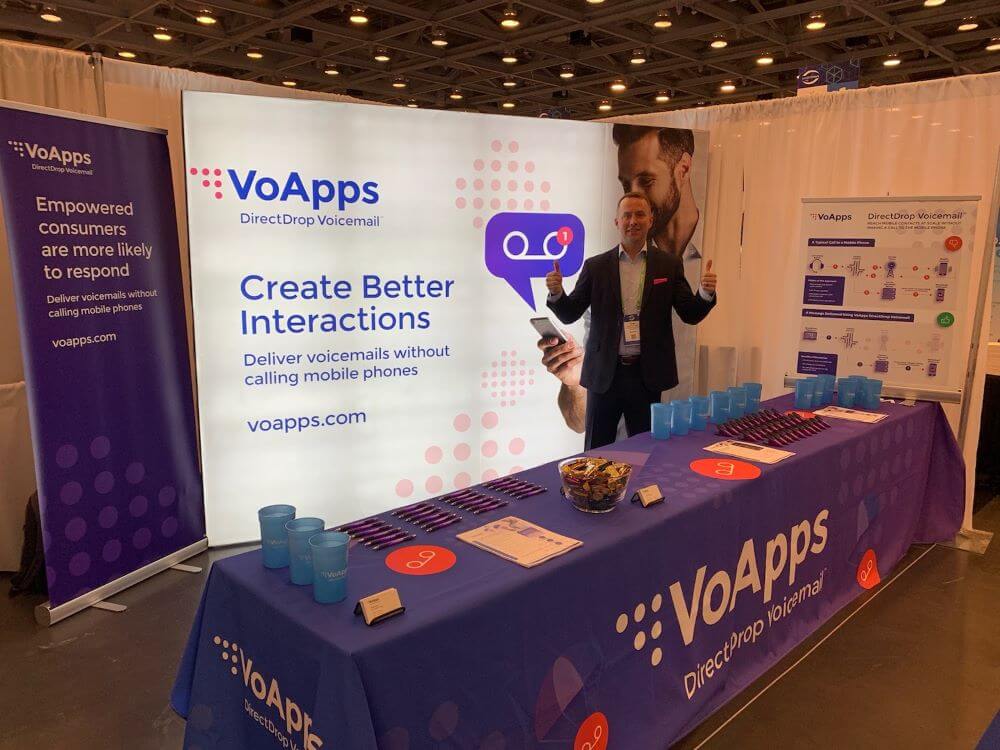
Best Practices for Optimizing Your DirectDrop Voicemail Campaign
Read more
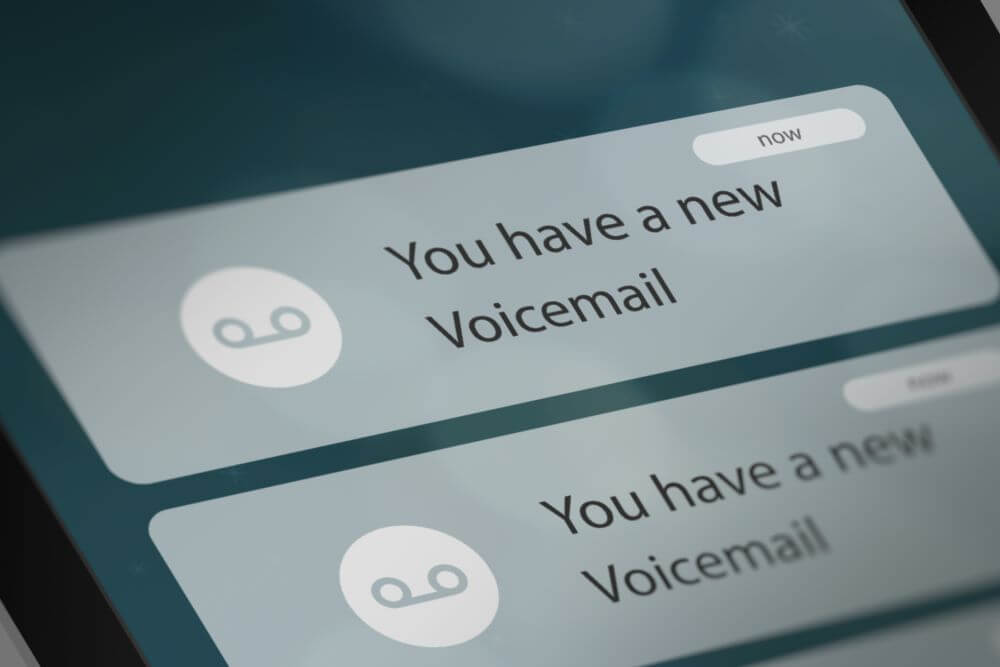
Simple Voicemail Message Examples to Help Drive Conversions
Read more

Easing Call Center Agents Back into Work post COVID
Read more

Utilizing Campaign Pacing to Help Your Contact Strategy
Read more

Tips for Properly Scrubbing Your Collections Contact List
Read more
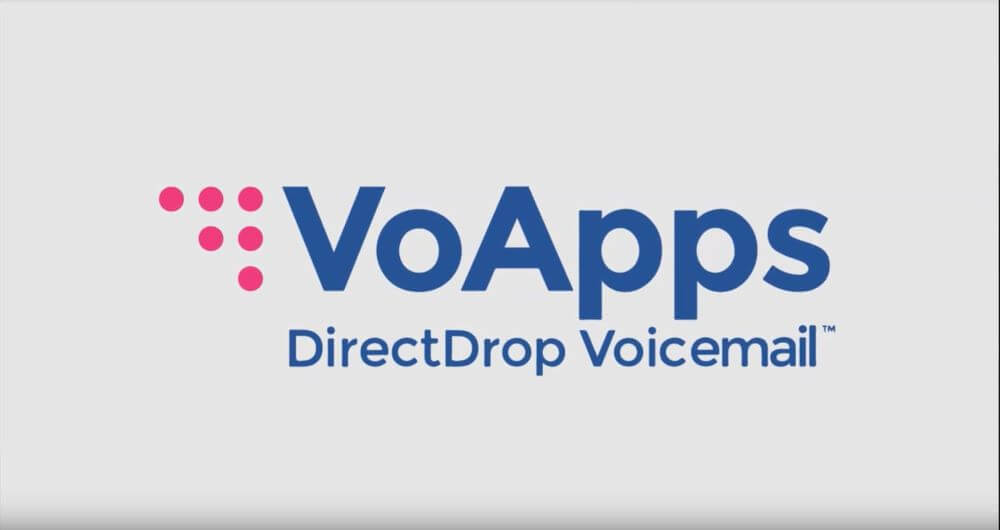
How to Use VoApps’ Communication Software for Better Interactions
Read more

How Online Lenders Can Reengage Leads with DirectDrop
Read more

Replacing Call Automation with DirectDrop Voicemail Campaigns
Read more
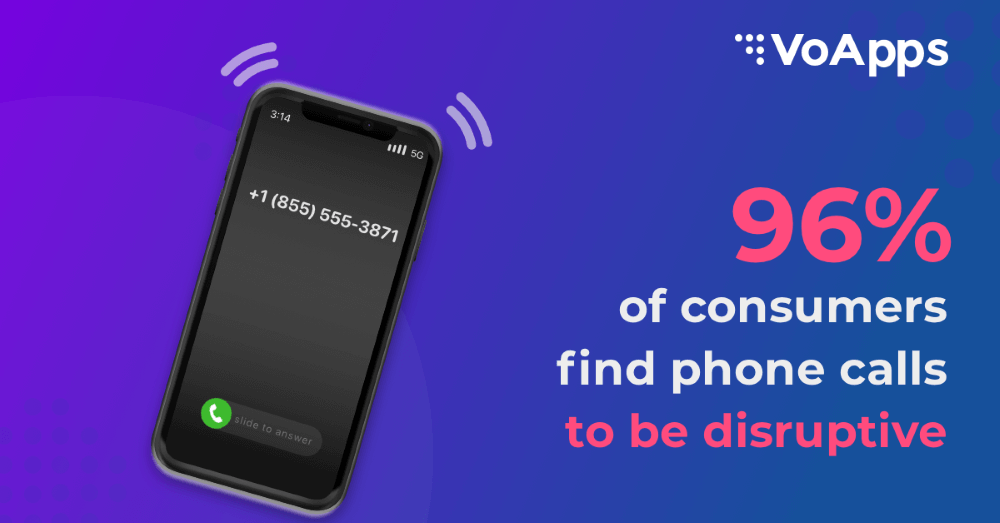
Best Practices for Collections Agents Utilizing DirectDrop Voicemail
Read more
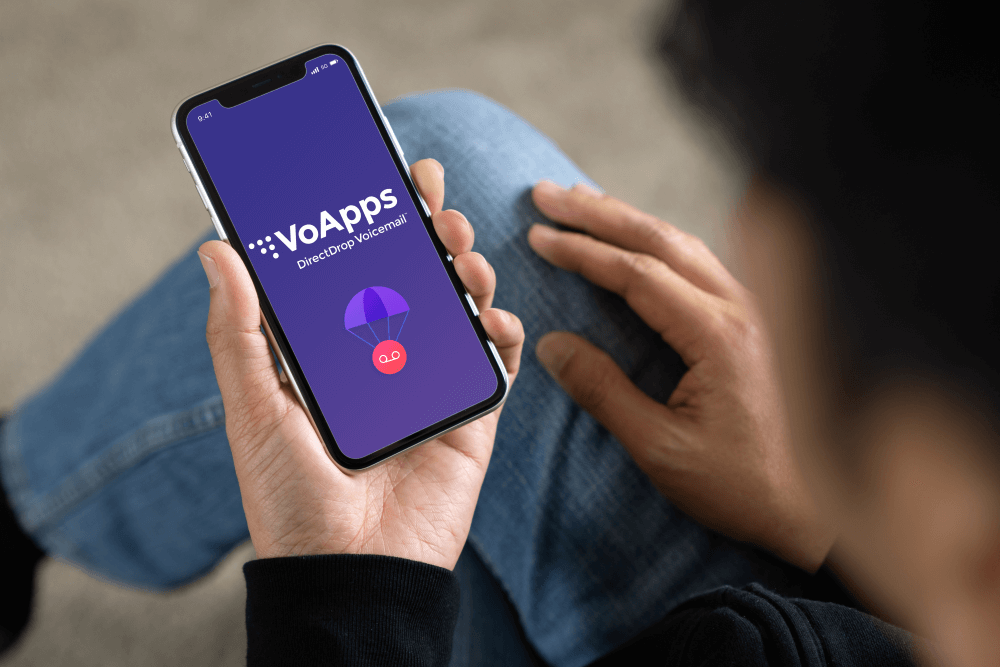
DirectDrop Voicemail’s 3 Types of Voicemail Campaign Restrictions
Read more

4 Tips for Recording Your Professional Voicemail Message
Read more

3 Innovative Ways to Use VoApps’ Ringless Voicemail Technology
Read more

The Positive Impacts of Quickly Reaching Customers at Scale
Read more

Building Community through Communication During Uncertainty in Collections Industry
Read more

3 Steps to Minimizing Your Credit Union’s Delinquency Rate
Read more

DirectDrop Voicemail Features for Your Medical Collection Agency
Read more

How First-Party Collectors Can Ensure a Smooth Debt Recovery Call
Read more

Navigating Technology and Human Interaction in Collections
Read more

Increasing Healthcare Collections Payments with DirectDrop Voicemail
Read more

3 Ways to Maximize Call Center Agent Bandwidth Without Adding Headcount
Read more

Utilizing Alternatives to the Zortman Message with DirectDrop Voicemail
Read more

How Utility Collections Professionals Can Reach More Customers
Read more
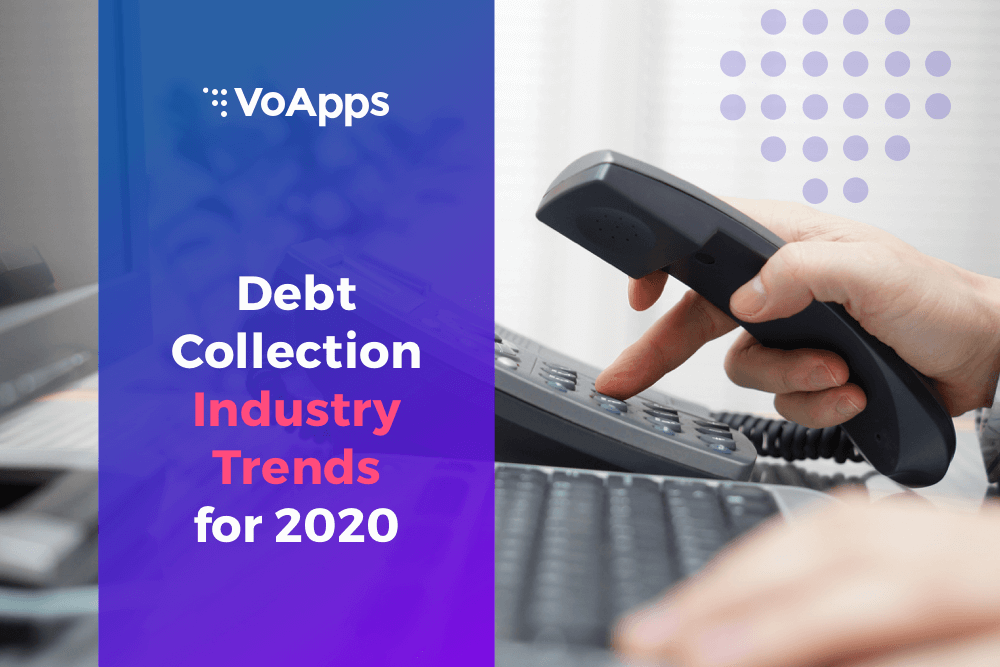
Debt Collection Industry Trends to Look Out for in 2020
Read more
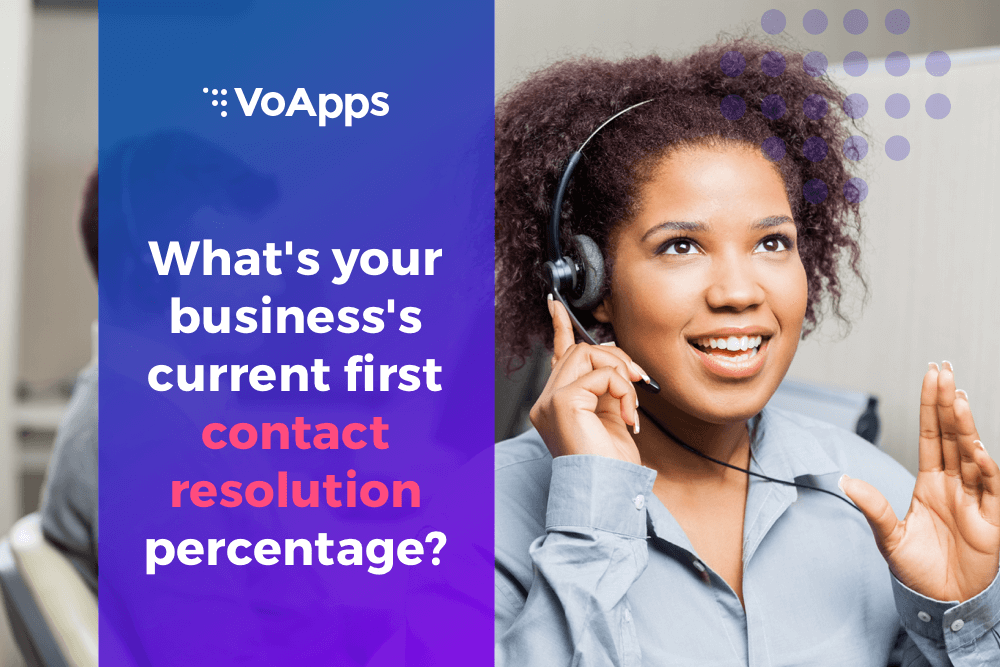
4 First Contact Resolution Tips for Collections Agents
Read more
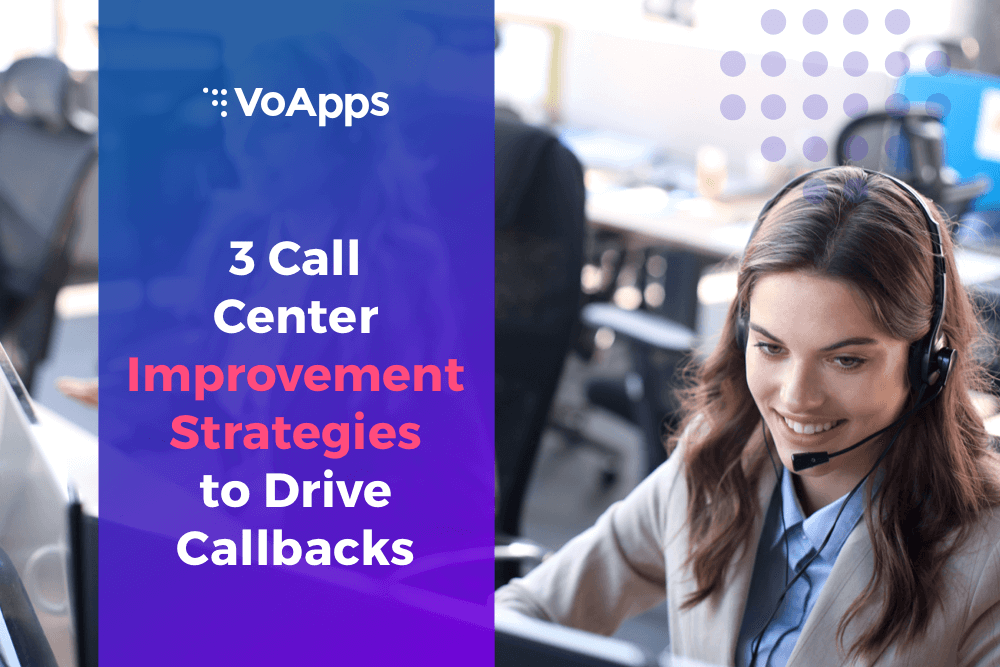
Simple Call Center Improvement Strategies to Drive Callbacks
Read more

Collections Annual Report Highlights New Technology Adoption
Read more

Are Automated Interactions the Future of Collections?
Read more

One Credit Union Technology that’s Changing the Game
Read more

3 Ways Automated Voicemail Messages can Increase Callbacks
Read more

3 Tips for Getting Agents On Board with New Collections Technologies
Read more

Simple Ways to Increase Scalability in Third-Party Collections
Read more

How Debt Collection Innovation is Enhancing the Consumer Experience
Read more

3 Innovative Call Center Ideas to Differentiate Your Business
Read more

How Online Lenders Can Reach More Loan Applicants
Read more

Simple Communication Methods for Building Trust in Collections
Read more

3 Ways Voicemail Solutions are Transforming the ARM Industry
Read more

3 Tips for Measuring Call Performance
Read more

Anticipating Shifts in How Collectors Communicate with Consumers
Read more

How Digital Communication Tools are Transforming Collections
Read more

Making the Shift to a Consumer-Centric Approach in Collections
Read more

4 Ways Collectors Can Create a Positive Consumer Experience
Read more

3 Ways First-Party Collections can Increase Reach
Read more

3 Types of Call Center Automation your Business Needs
Read more

FCC Ruling on Robocalls: What it Means For Your Business
Read more

3 Steps in Overcoming Objections in Collections
Read more

What the CFPB’s Recent Proposal Means for DirectDrop Voicemail
Read more

3 Ways Online Lenders Can Increase Loan Application Conversions
Read more

3 Tips for Reducing Your Average Handle Time
Read more

One Simple Way to Increase Call Center Productivity
Read more

5 Techniques for Handling Difficult Collections Calls
Read more

3 Steps to Boosting Call Center ROI
Read more

Call Center Improvement through Self-Service Channels
Read more

3 Ways Collections Technology can Improve Call Quality
Read more

5 Techniques to Enhance Call Center Agent Performance
Read more

3 Ways Agents can Empower Consumers
Read more

Balancing the Need for Agent-Assisted and Self-Service Channels
Read more

3 Common Challenges in Modernizing Your Call Center
Read more

How Technology Improves Human Interaction
Read more

4 Steps to Implementing New Technology
Read more

5 Call Center Trends to Watch in 2019
Read more

6 Ways to Improve Efficiency in Collection Agencies
Read more

Be Proactive and End the Business Year Strong
Read more

6 Tips to Become a Successful Collection Agent
Read more

The Mathematical Advantages of Direct Voicemail Drop
Read more

The Psychology of Direct Voicemail Dropping
Read more

The Top 2 Challenges Facing Today’s Collections Agencies
Read more

How to Generate Collections Callbacks – Really!
Read more

Navigating TCPA with DirectDrop Voicemail
Read more

Changing the Collections Ballgame
Read more

How Technology Can Lead To Call Center Improvement
Read more

VoApps’ Neal Jagoda Elected to ACA International Affiliate Board
Read more
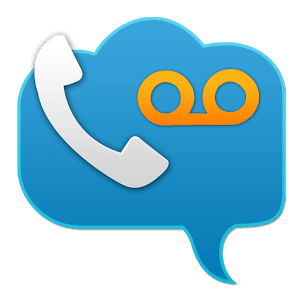
Ding. “You’ve Got a Voicemail.”
Read more

Increase Your Call Center Efficiency
Read more

Empower Consumers
Read more

Now is the time to review your messages!
Read more

The Importance of Testing Your Strategy
Read more

Listen to your clients
Read more
We're sorry, there aren't any insights that match what you're searching for.
Try another search term or reset to see our latest insights.
Load more
How DirectDrop Voicemail Works
How it works
Upload your list
Bring your customer phone numbers into the DirectDrop Platform in seconds.
Pick your message
Choose or record the voicemail you want delivered, and select the number it should appear from.
We deliver instantly
Our technology deposits the voicemail directly into the carrier’s voicemail server—bypassing the ring and respecting the consumer’s time.
Voicemail indicator
After the voicemail is deposited, the carrier voicemail server sends a notification to the consumer’s phone—a message is waiting. From there, they can respond at their convenience.
They engage on their terms
The consumers listen when ready, and respond by calling back, visiting your site, or taking the next step.
